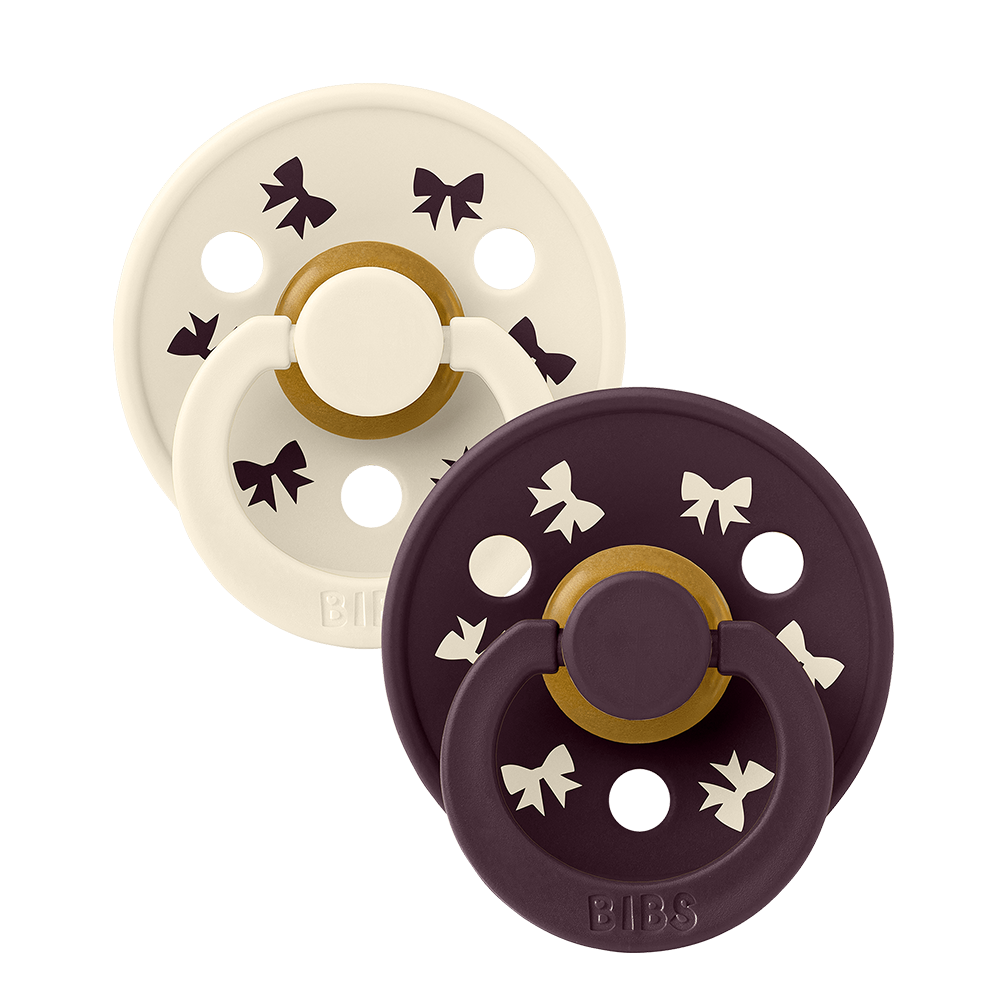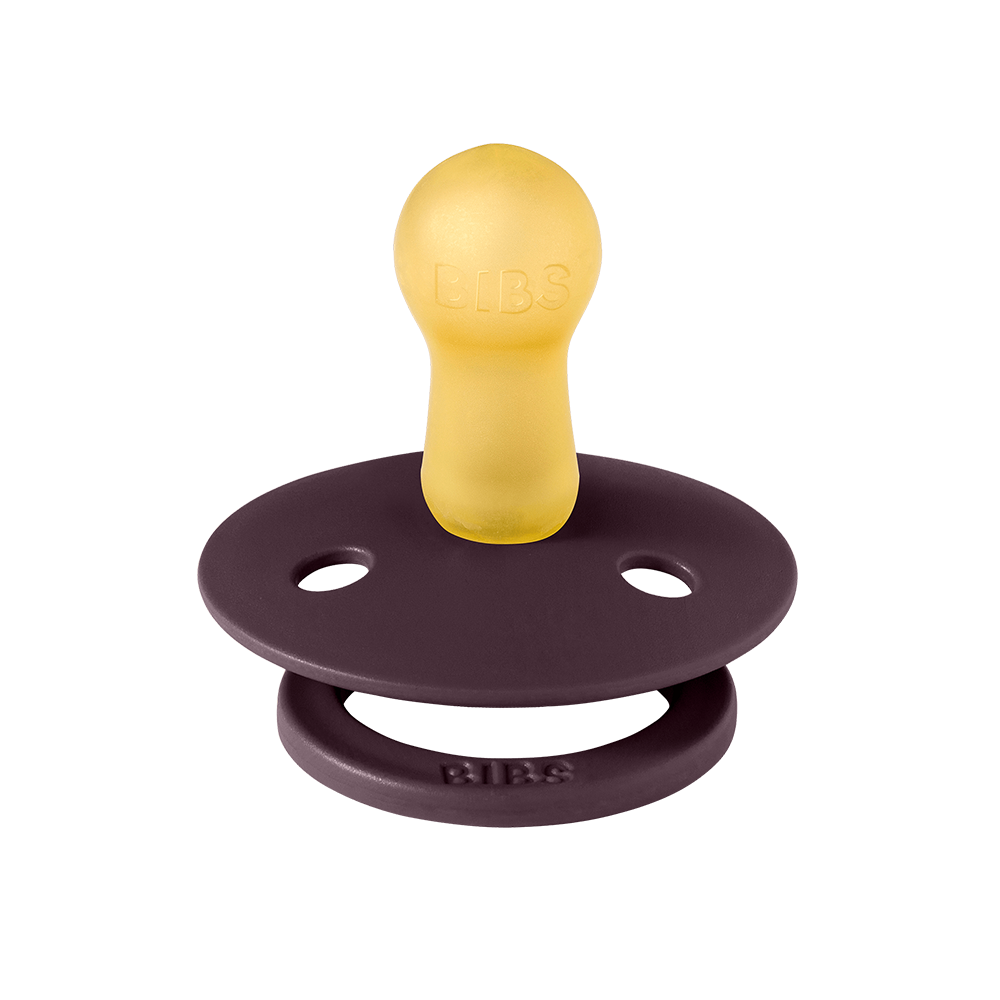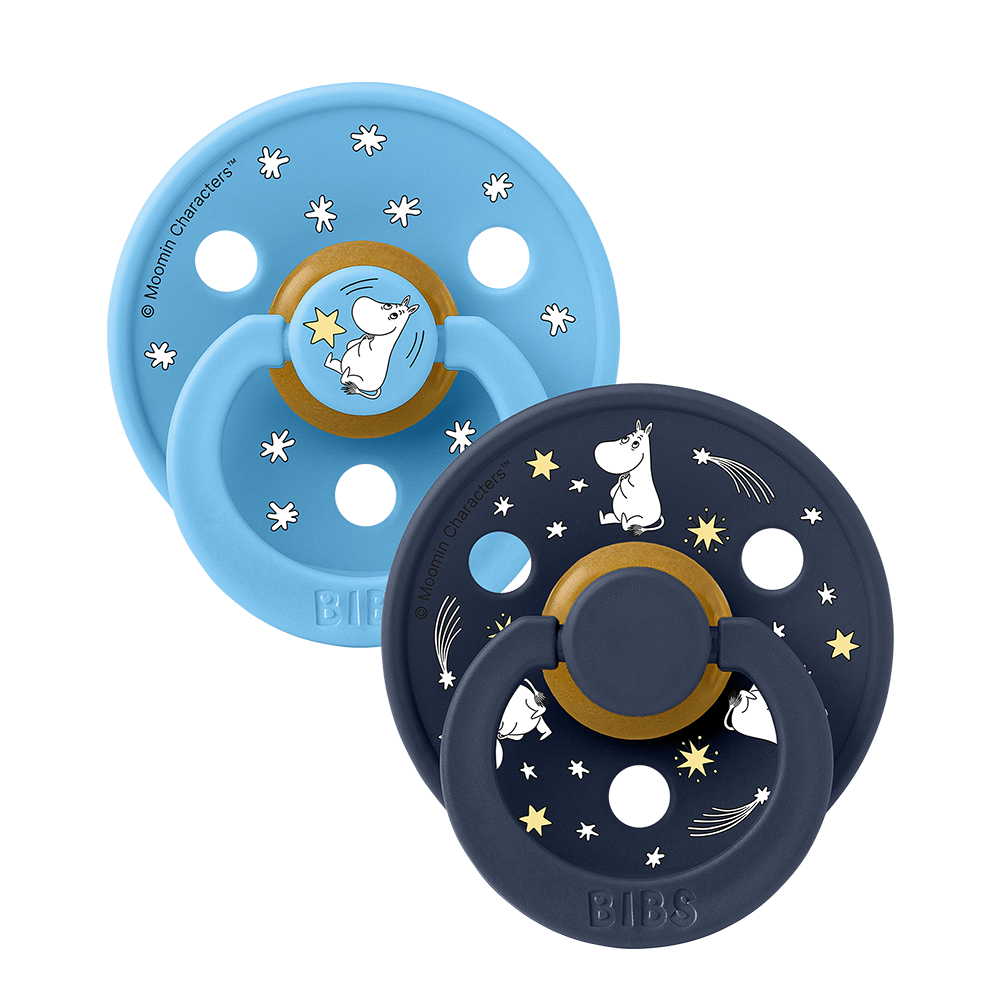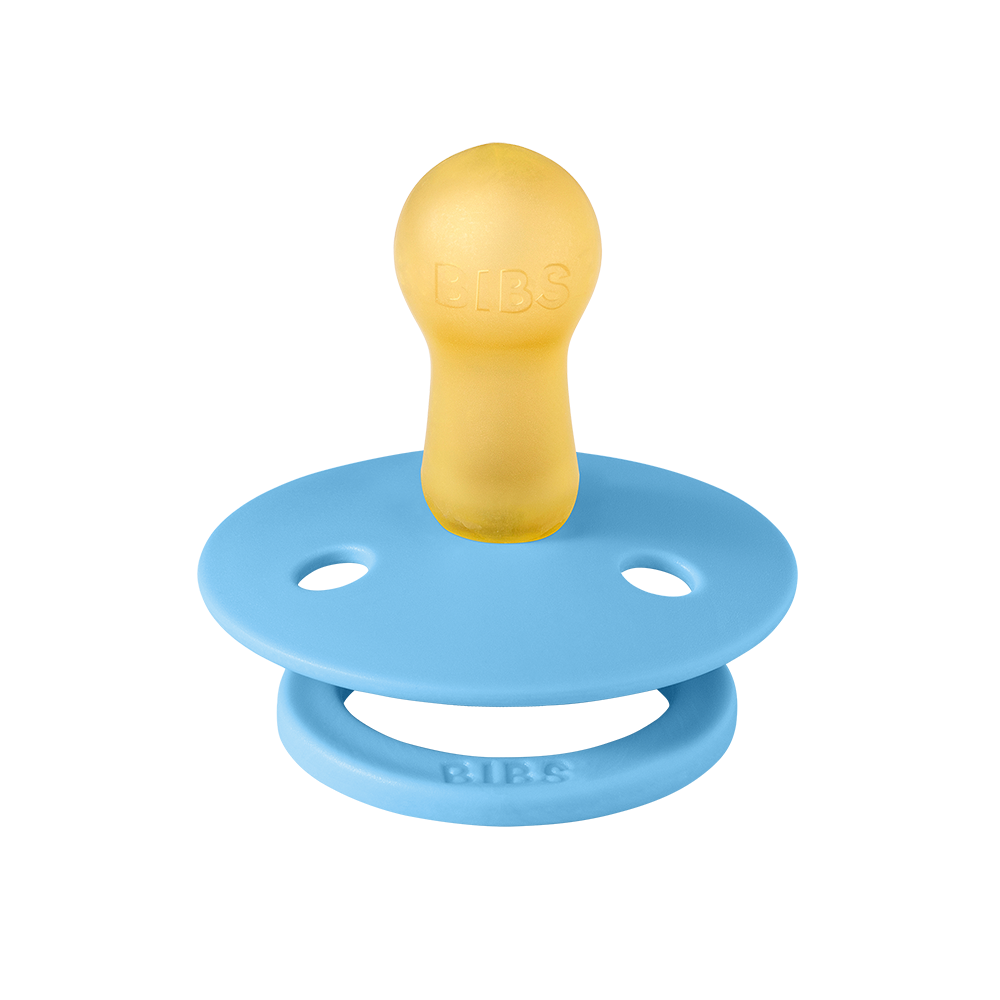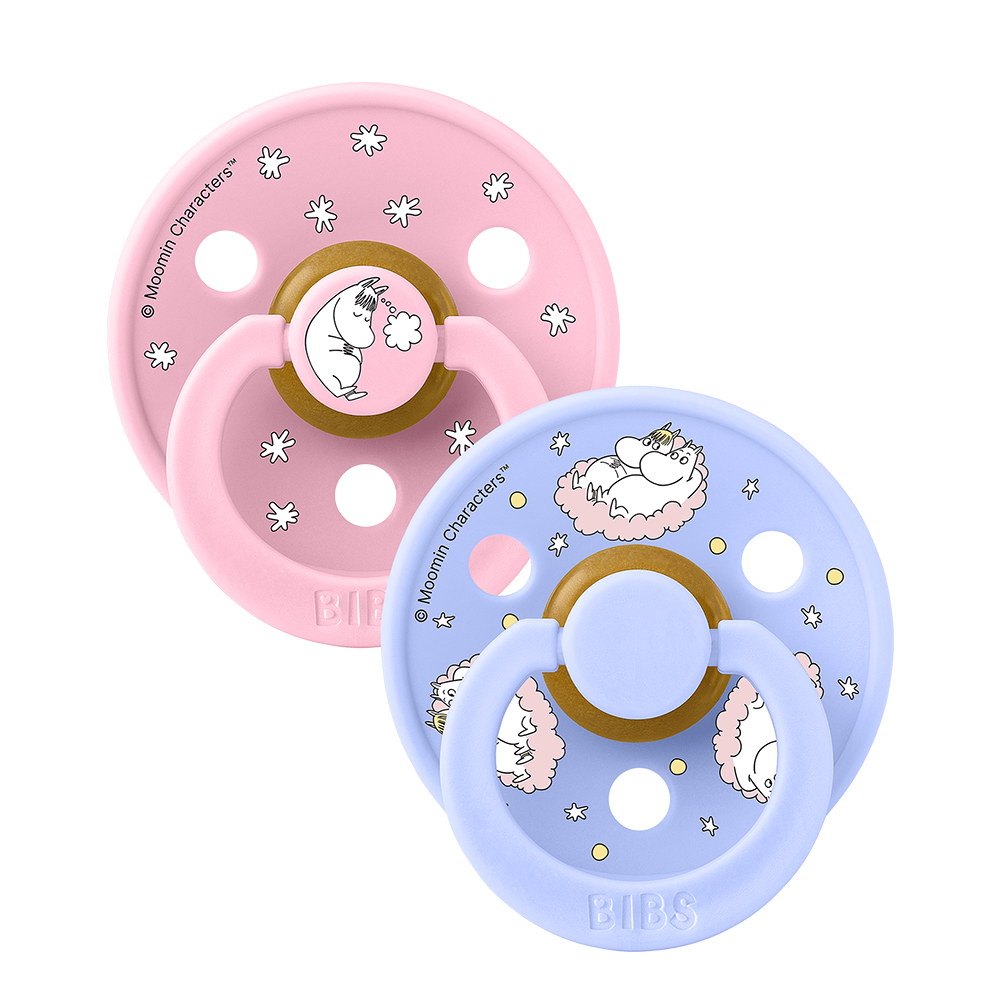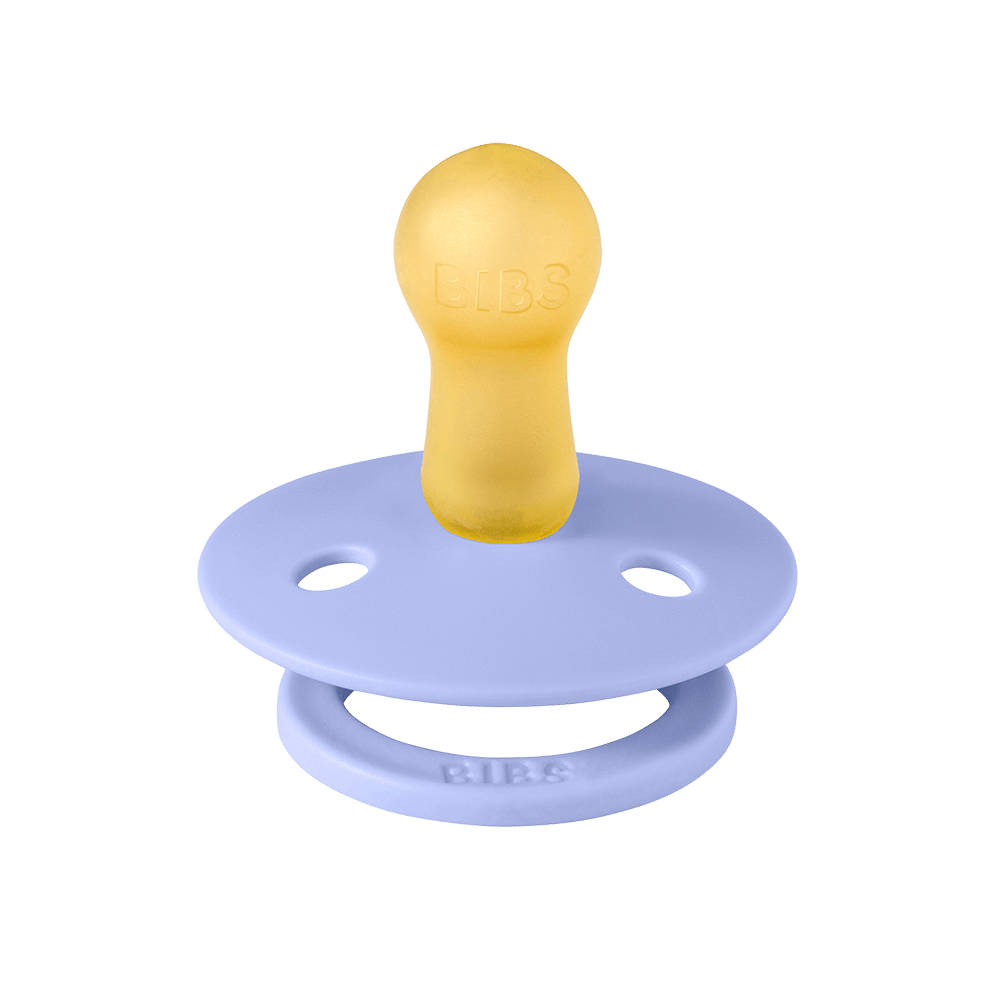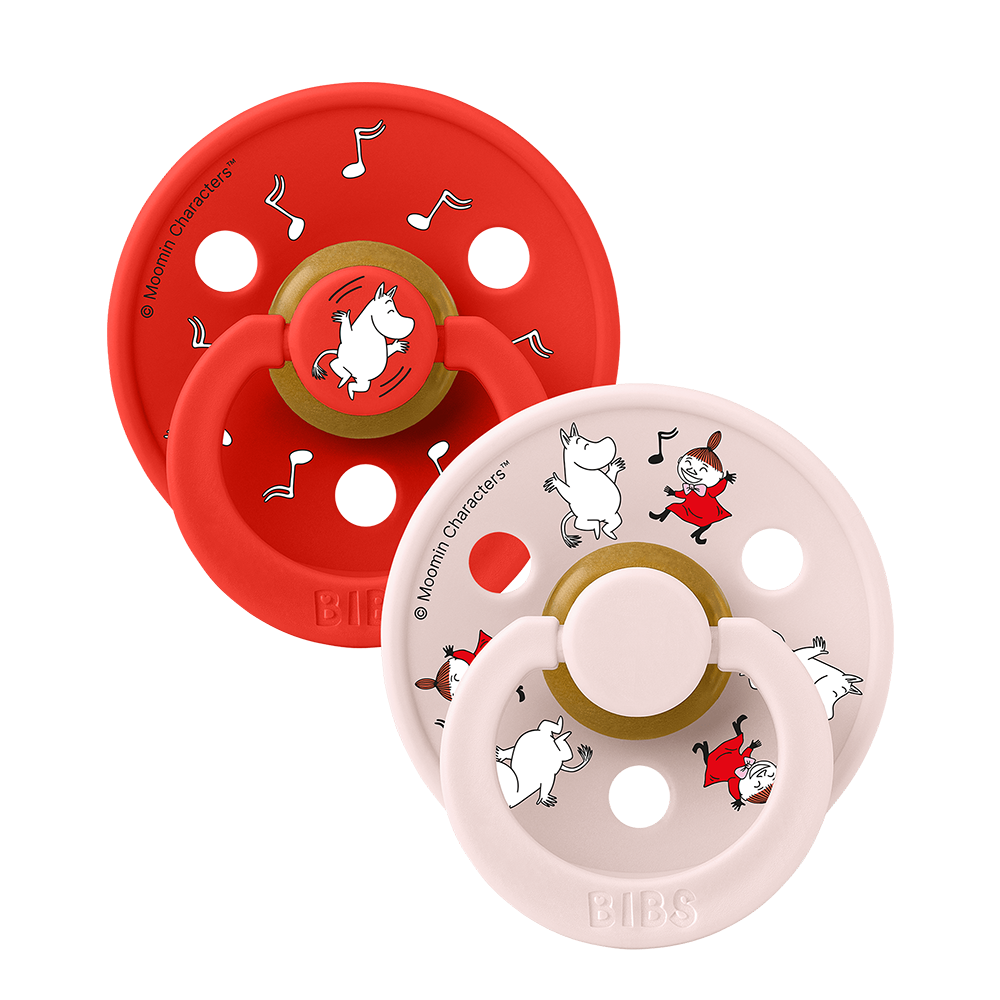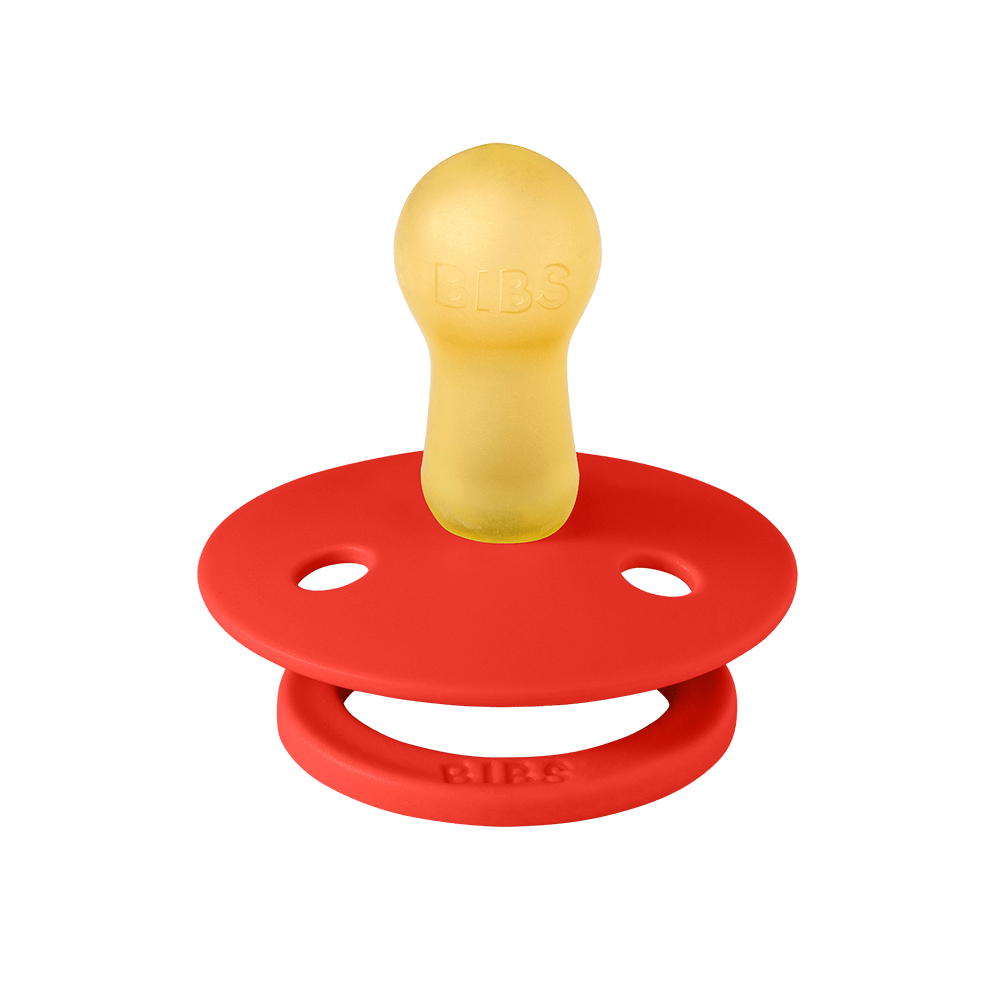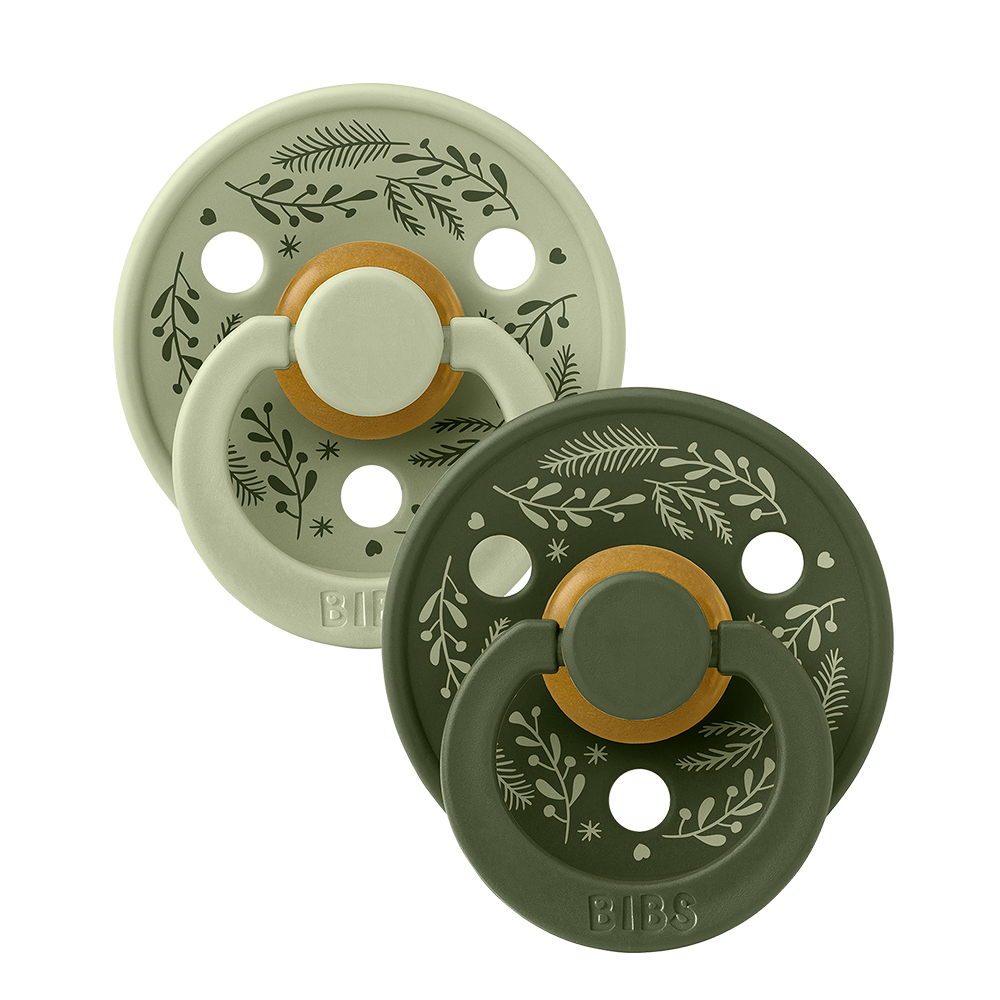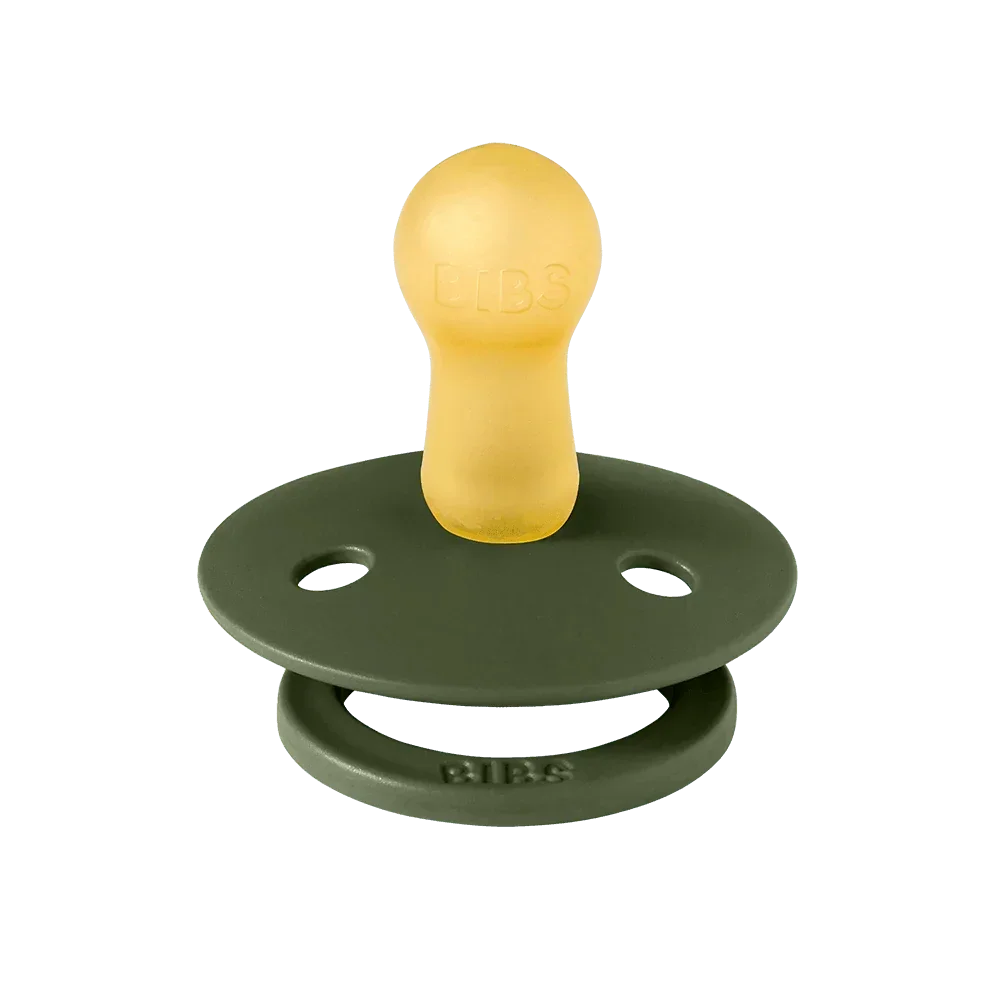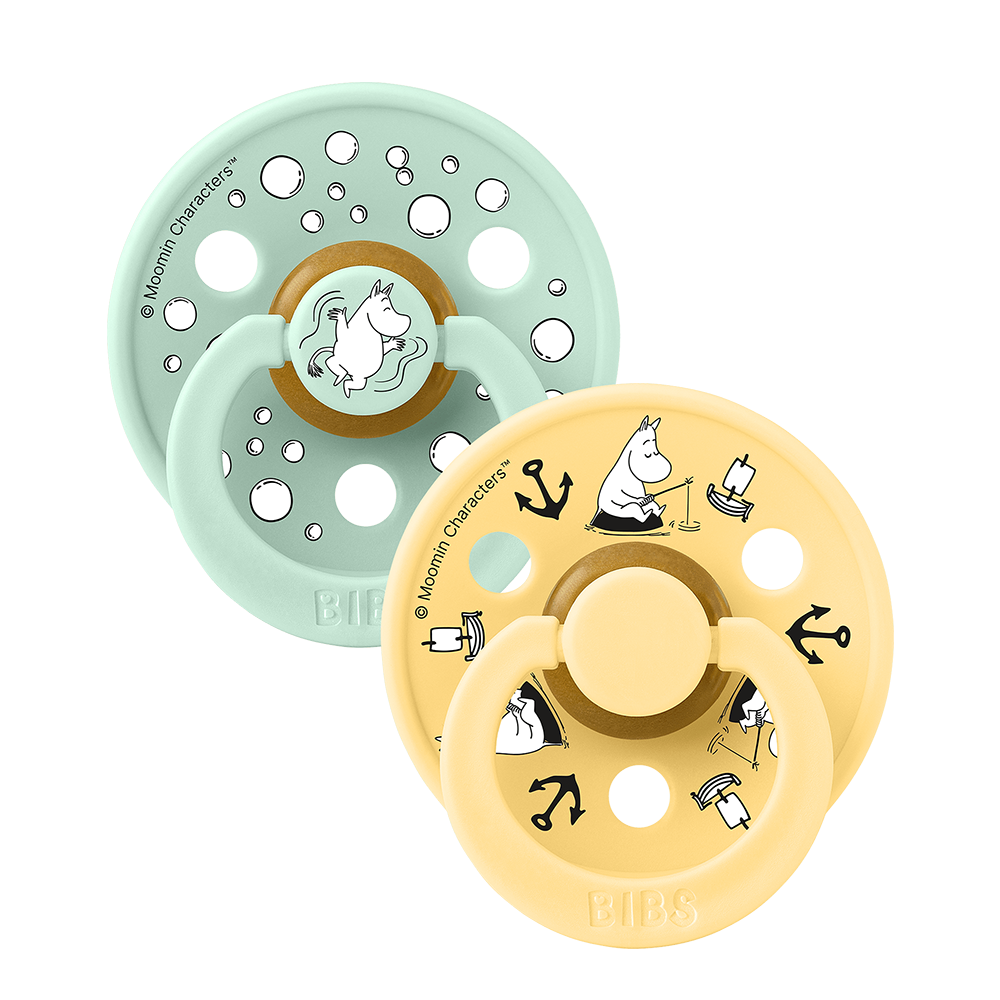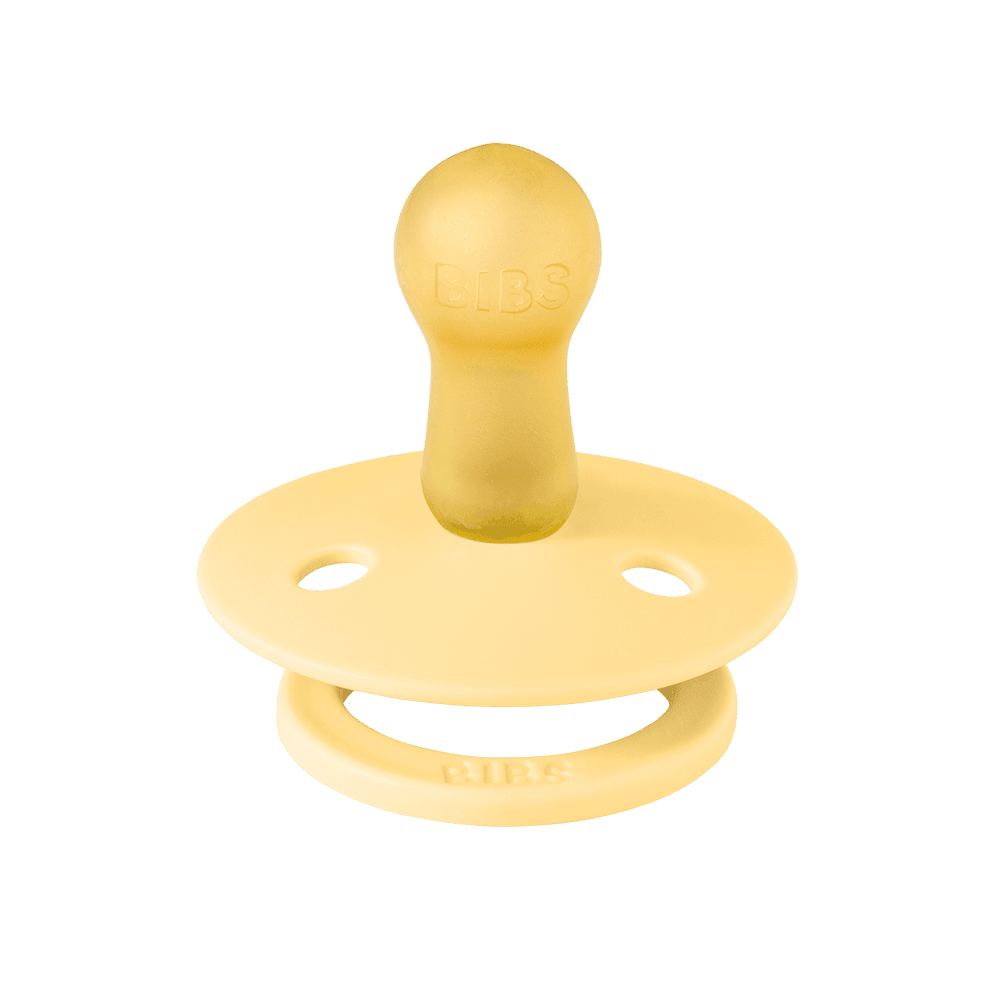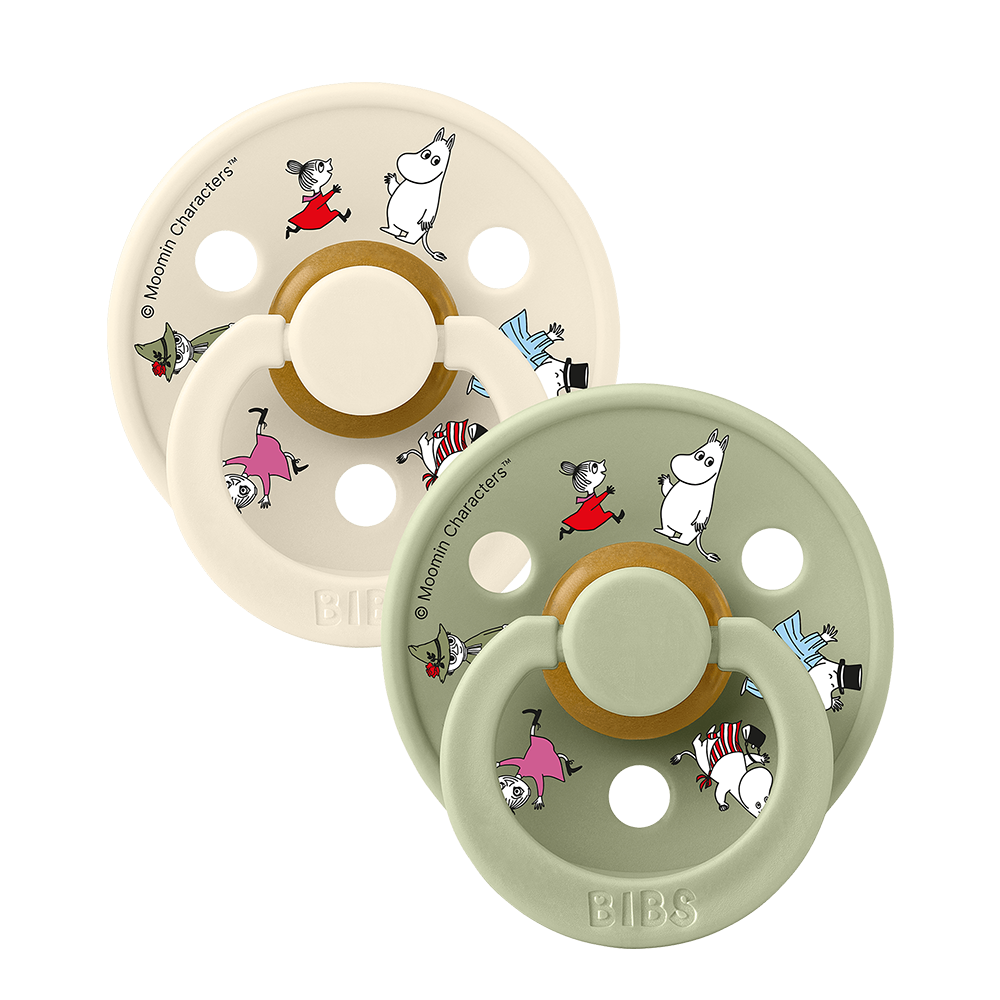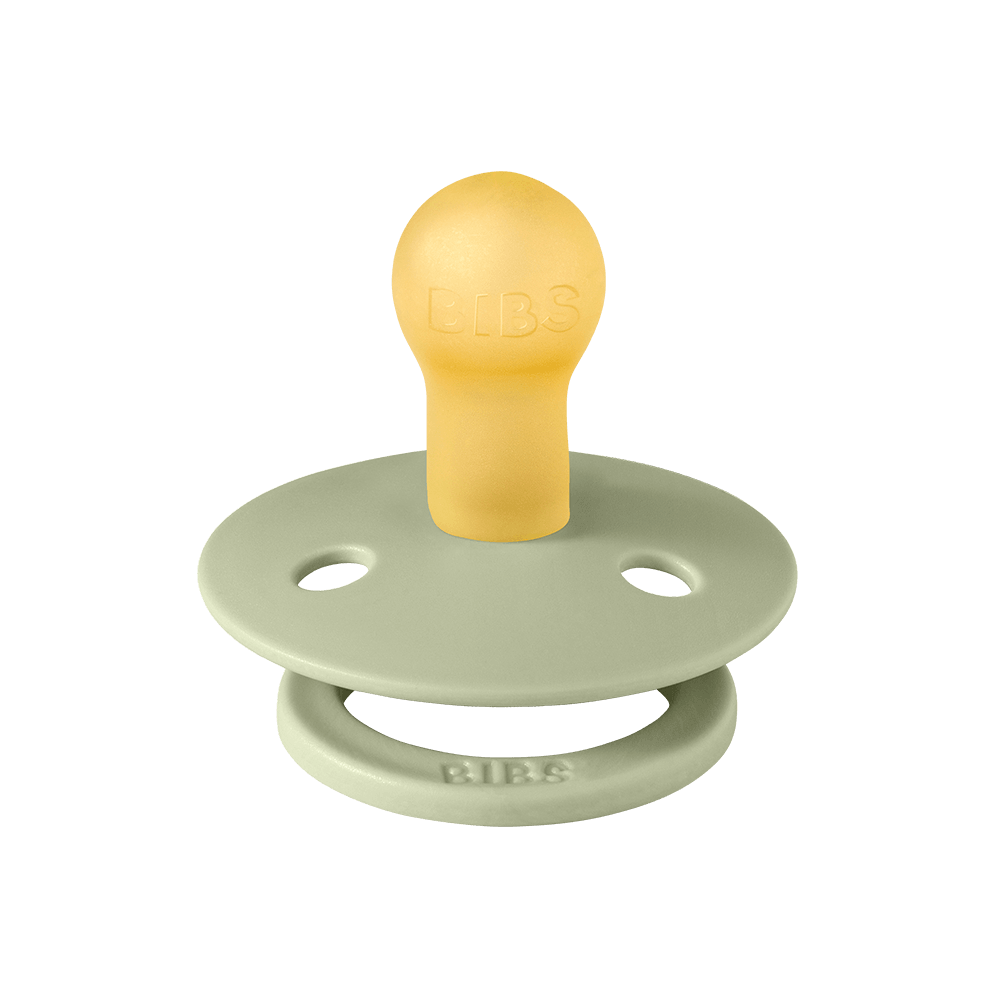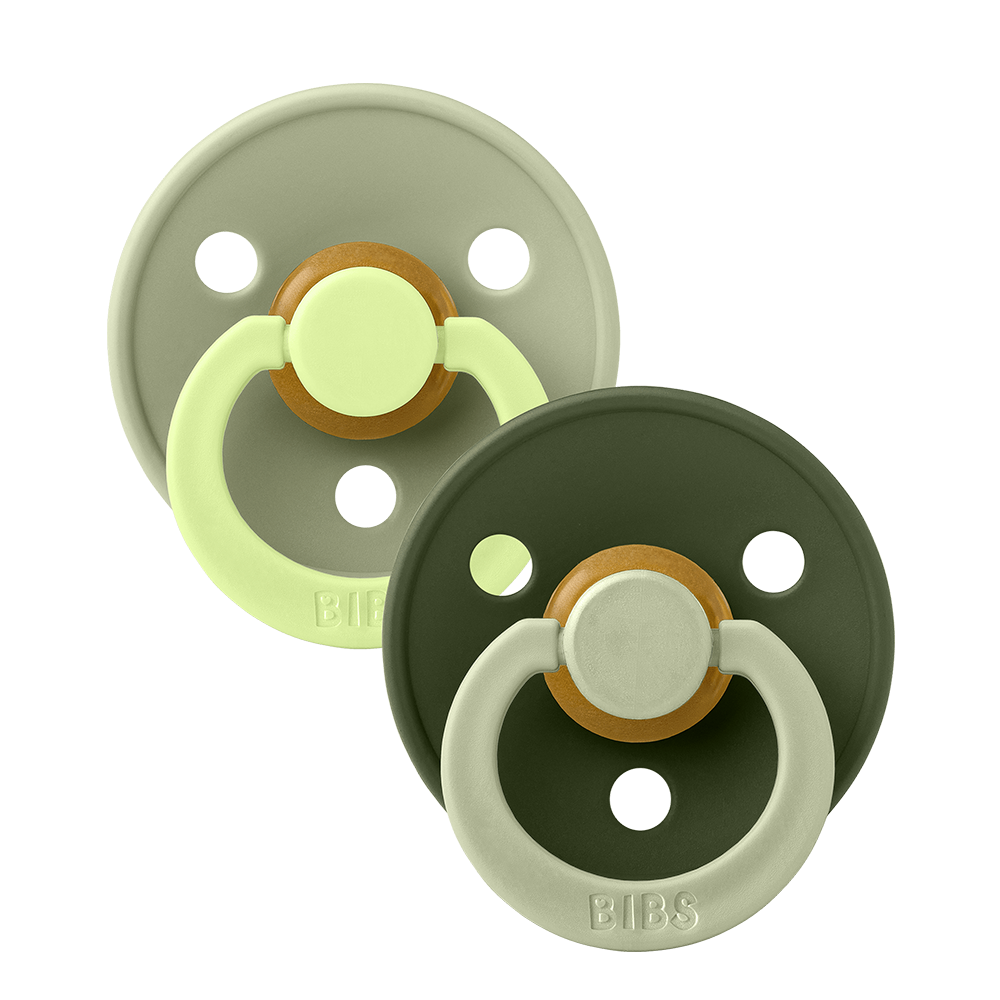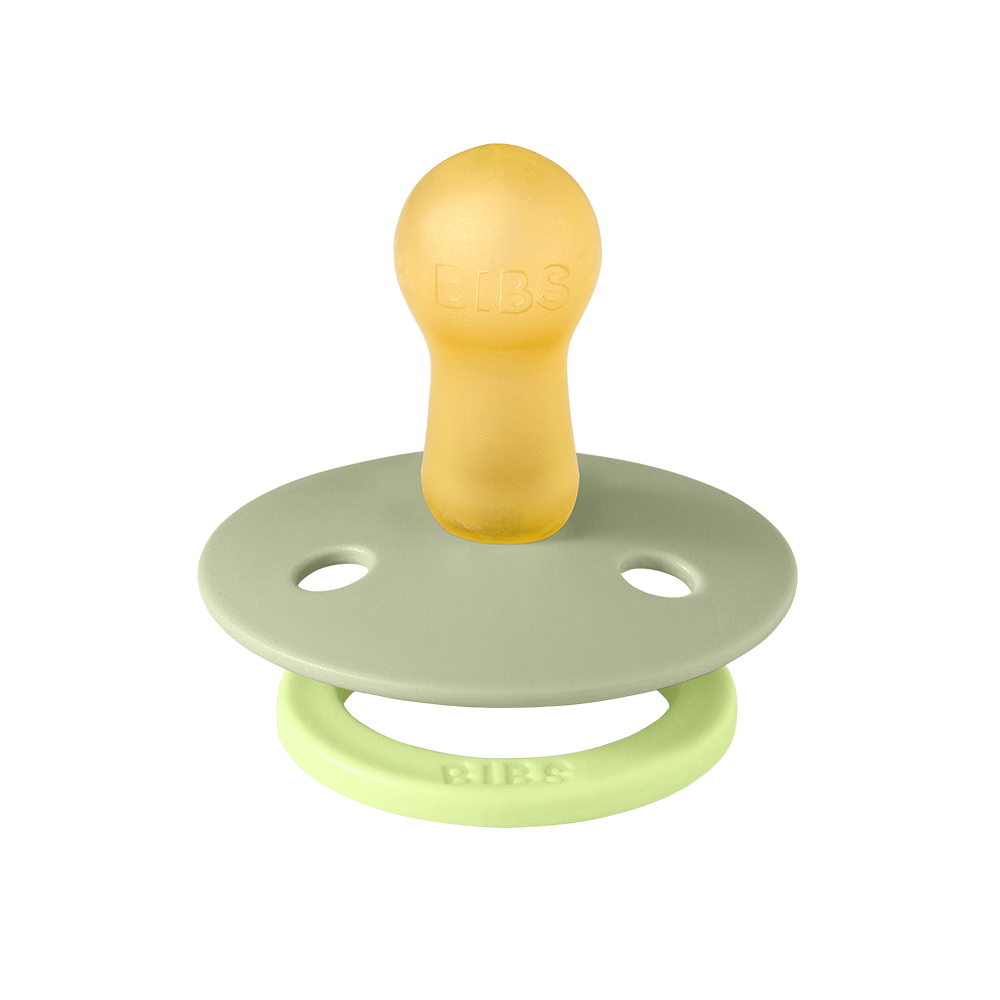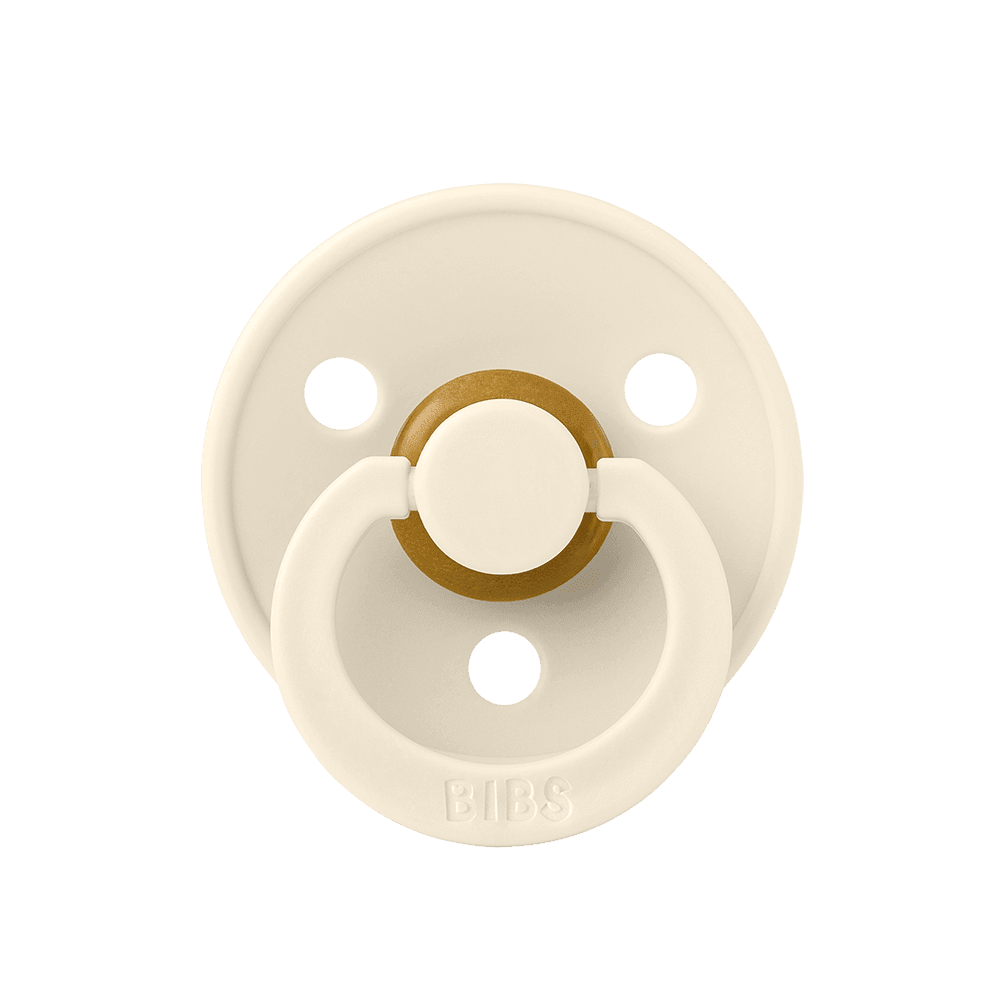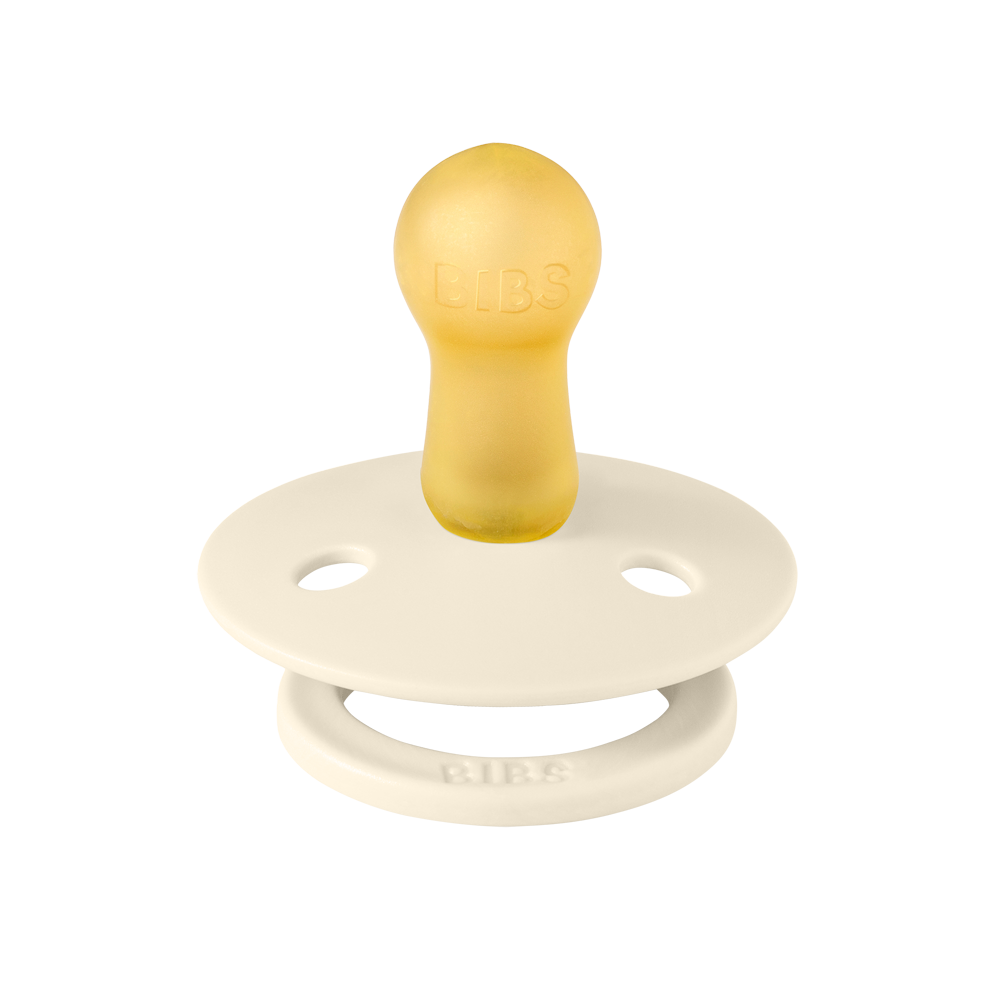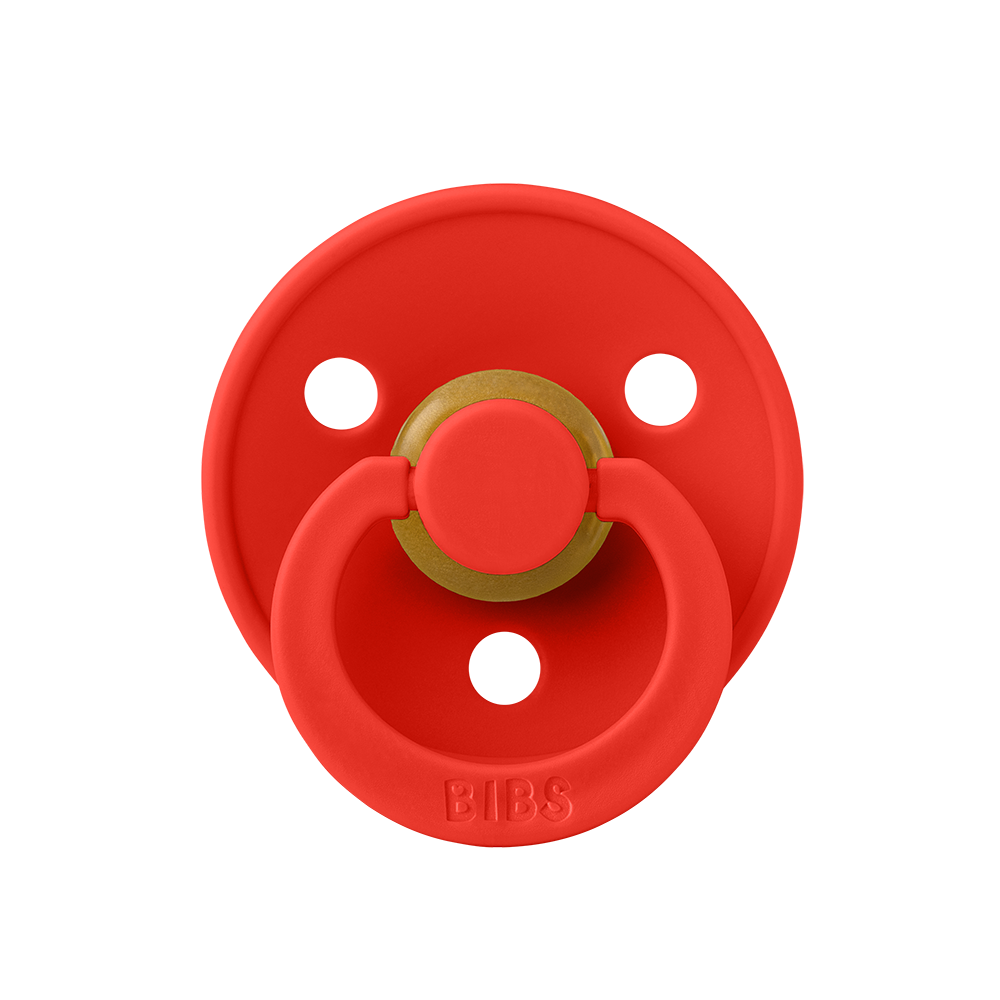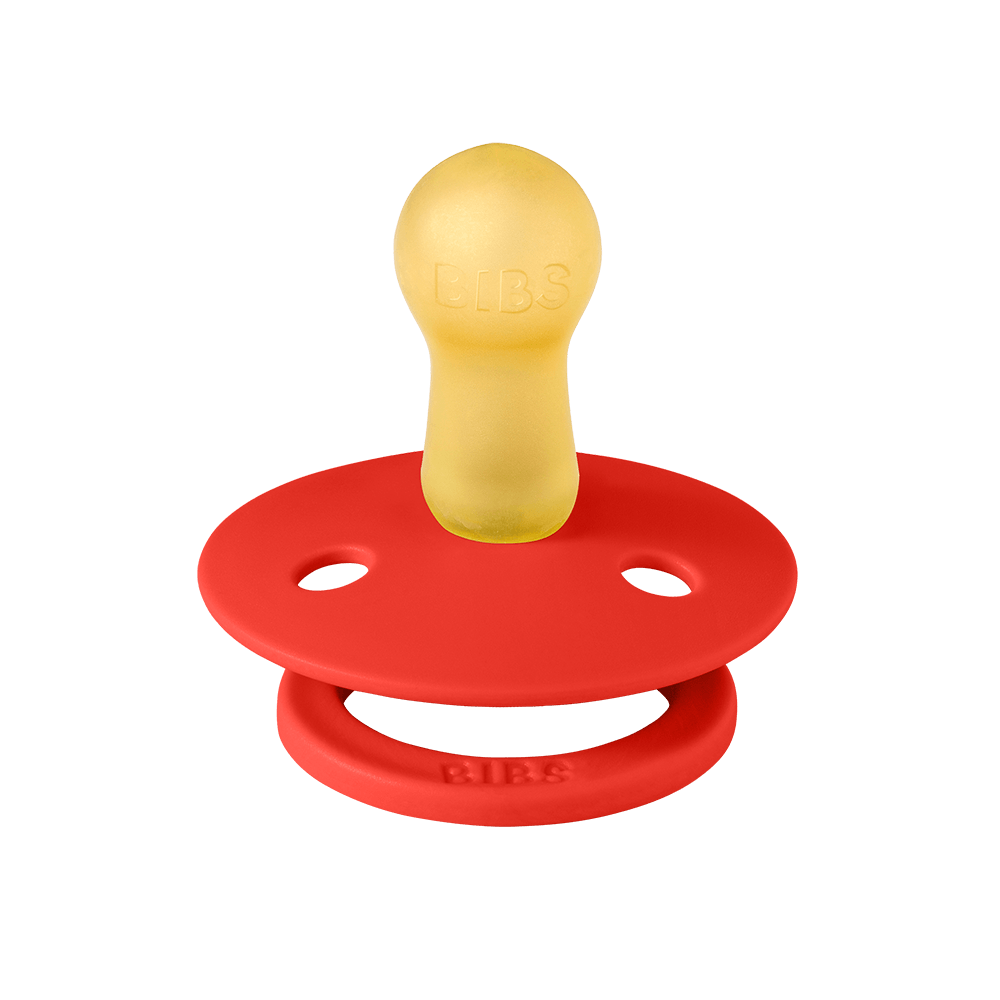
When your baby starts transitioning from milk to solids, your baby will also need to learn to drink from a cup. You can offer water, expressed breast milk, or formula in the cup. The child must continue to be breastfed or have formula up to 12 months of age. And water should not replace breastmilk or formula or be given before 6 months!
Choosing and using a cup
There are many different baby cups on the market, and it can be difficult to know which one is the best. Nurse and health visitor Kirsten Lise Andersen gives the following advice on how to choose the right cup:
- Choose an open cup
- Choose a cup that has soft edges that feel soft on the gums
- Choose a cup that is small and fits into the child’s small hand
According to Kirsten Lise Andersen, there is no reason to offer the baby a sippy cup. The child should from the start practice drinking with a small open cup. Introducing an open cup will teach children how to sip rather than suck. This is beneficial for many reasons:
Benefits of open cups
- Practice oral-motor skills
To prepare for talking, babies need to learn how to elevate their tongue tip while also needing strong and flexible lips, tongue, jaw, and cheek muscles. Open cups promote these oral motor skills.
With a sippy cup, the child’s tongue is protruded and placed under the sippy spout not allowing the tongue tip to elevate. This is a very similar tongue position and muscle movement as when drinking from a bottle or the breast. Thus, a sippy cup does not encourage new muscle development in the mouth. Prolonged use of the sippy cup has been shown to delay oral motor development and impact speech development.
- Practice swallowing skills
We are all born with what is known as an “immature swallow” which is the normal, healthy swallowing pattern for infants and the way babies suck out the milk from the breast or bottle. During breastfeeding and bottle feeding the tongue lies on the bottom of the mouth with the tip forward over the lower gum. This is also the way children swallow when using a sippy cup.
In a mature swallow, the tip of the tongue presses firmly against the roof of the mouth slightly behind the front teeth, and the rest of the tongue is pulled up into the palate. The lips should be closed slightly touching the front teeth. This movement occurs when drinking from an open cup.
The BIBS baby cup is an open cup specifically designed for small baby mouths and hands. The cup has a soft drinking rim that is gentle against the child’s gums and that is curved slightly outwards, which is crucial for correct placement of the lips and safe swallowing.
- Practice fine motor skills
When small children use an open cup, they are stimulating their fine motor skills development and their hand-eye coordination.
BIBS open cup has a non-slip and ergonomic form for the best possible grip for children. But as with all things new, expect lots of water to end up on the table or floor as your child explores a cup.

